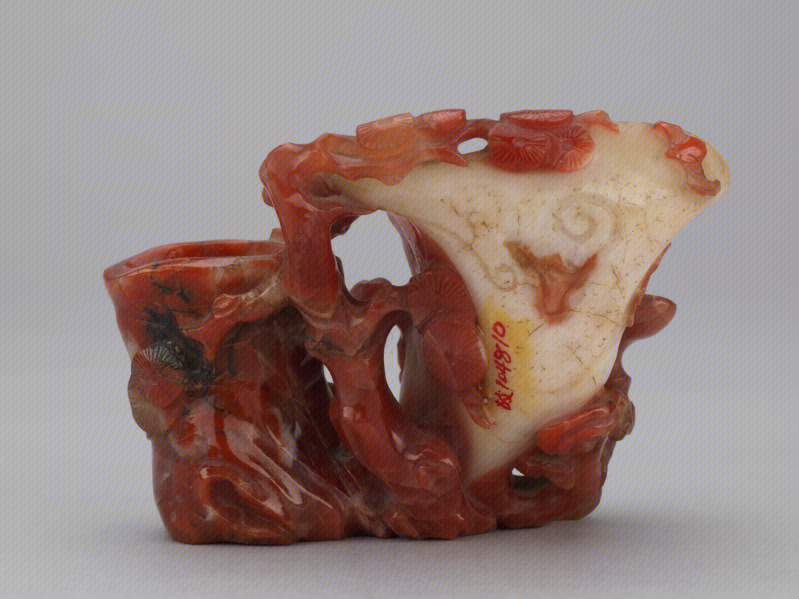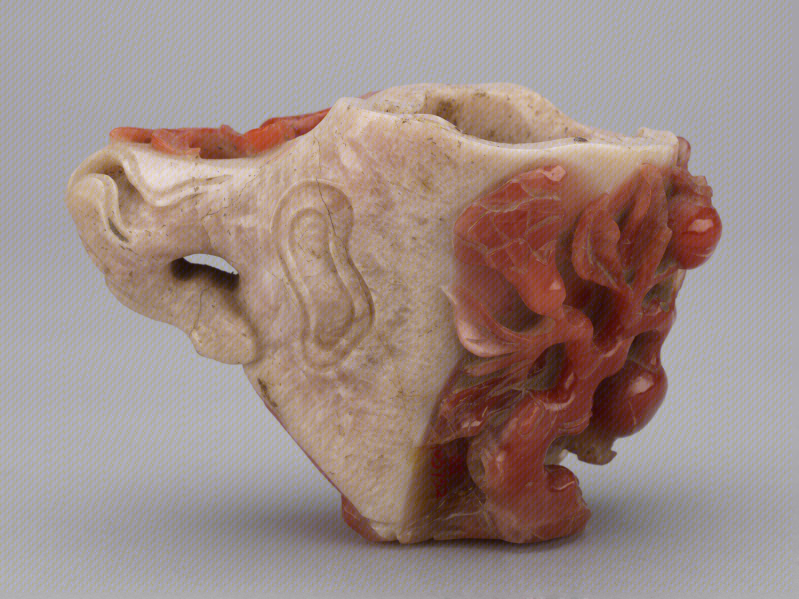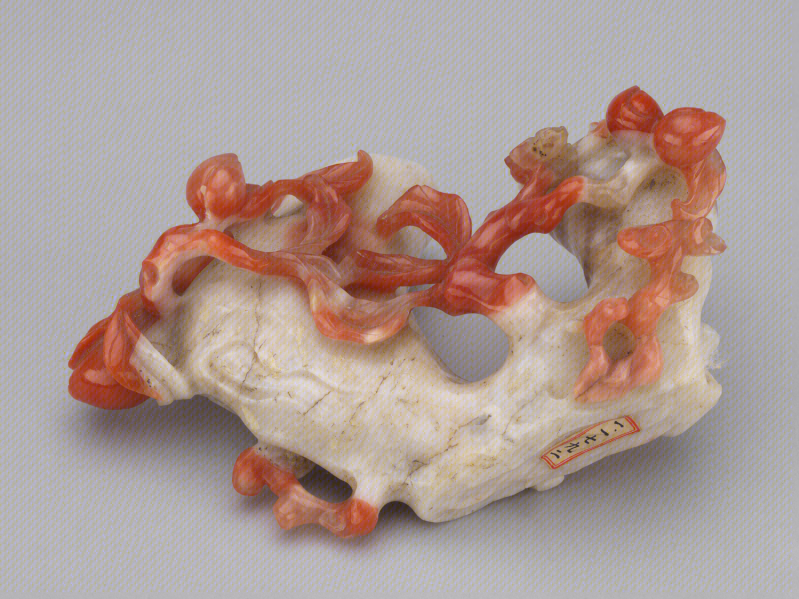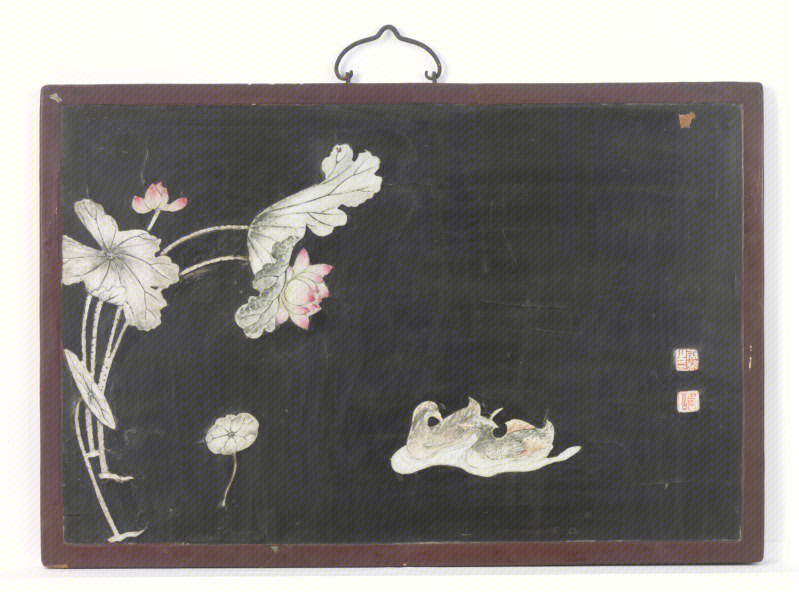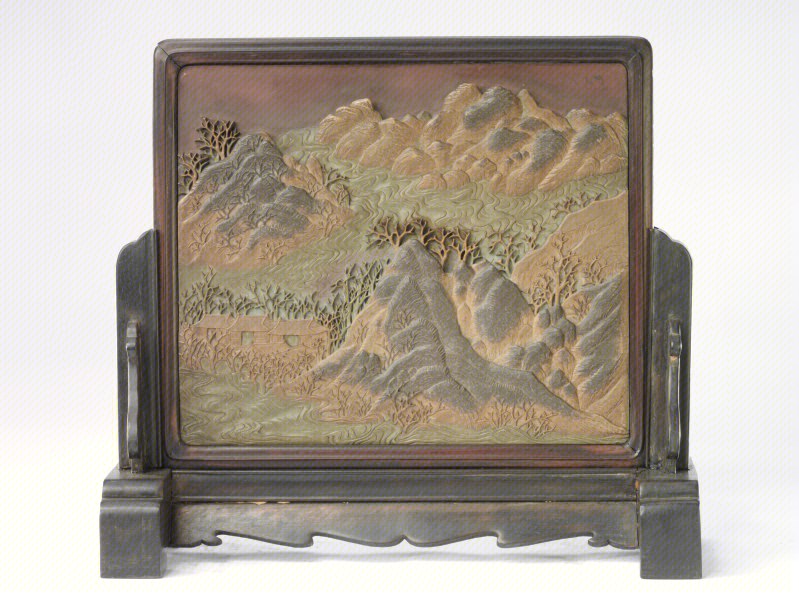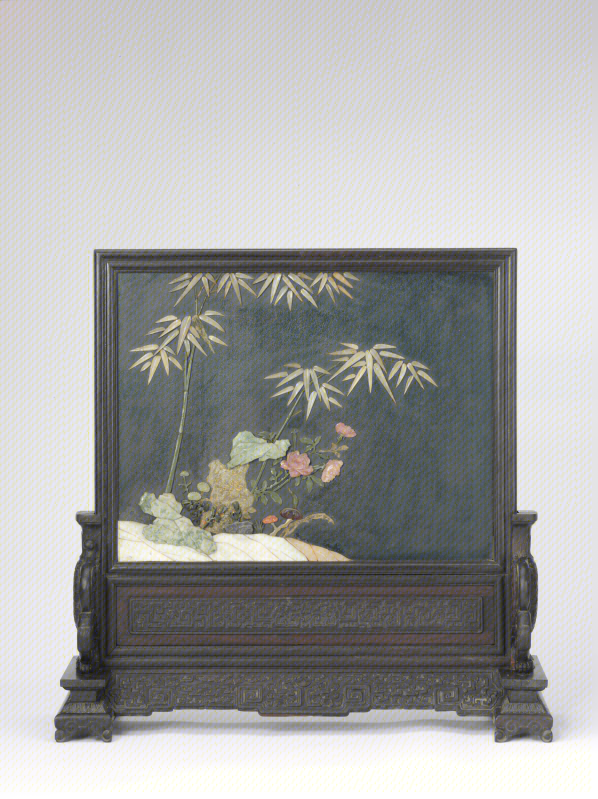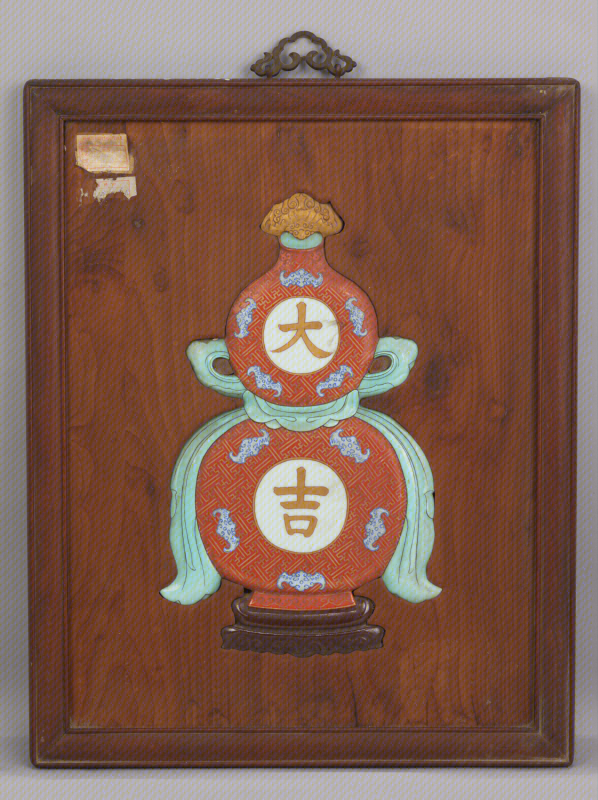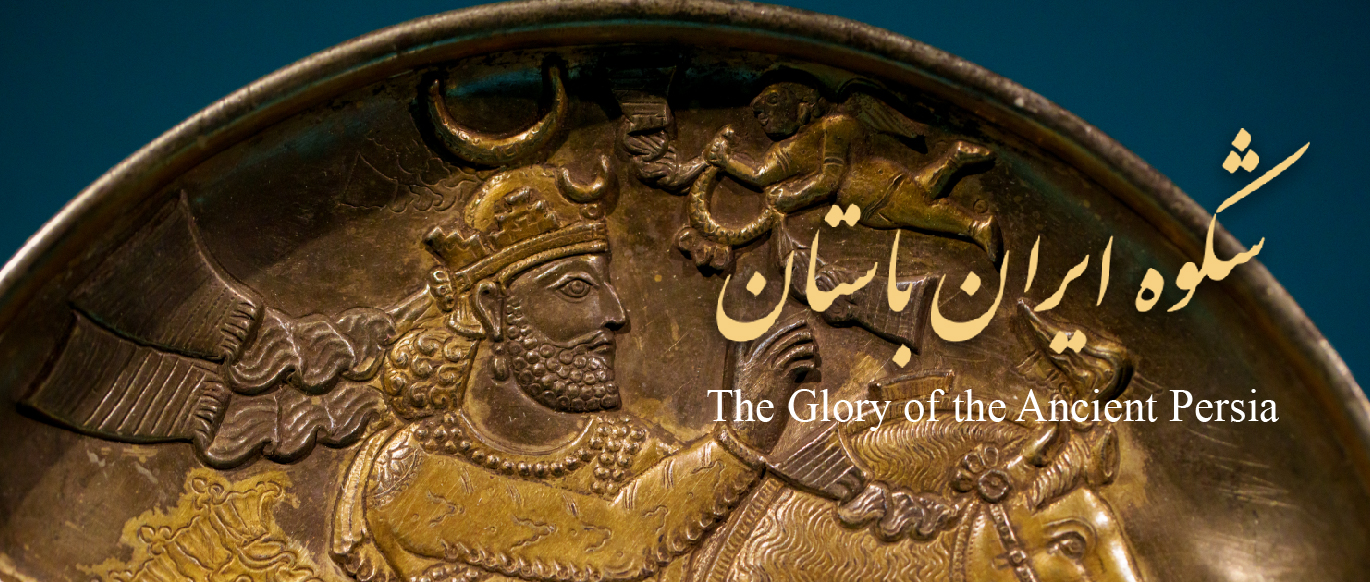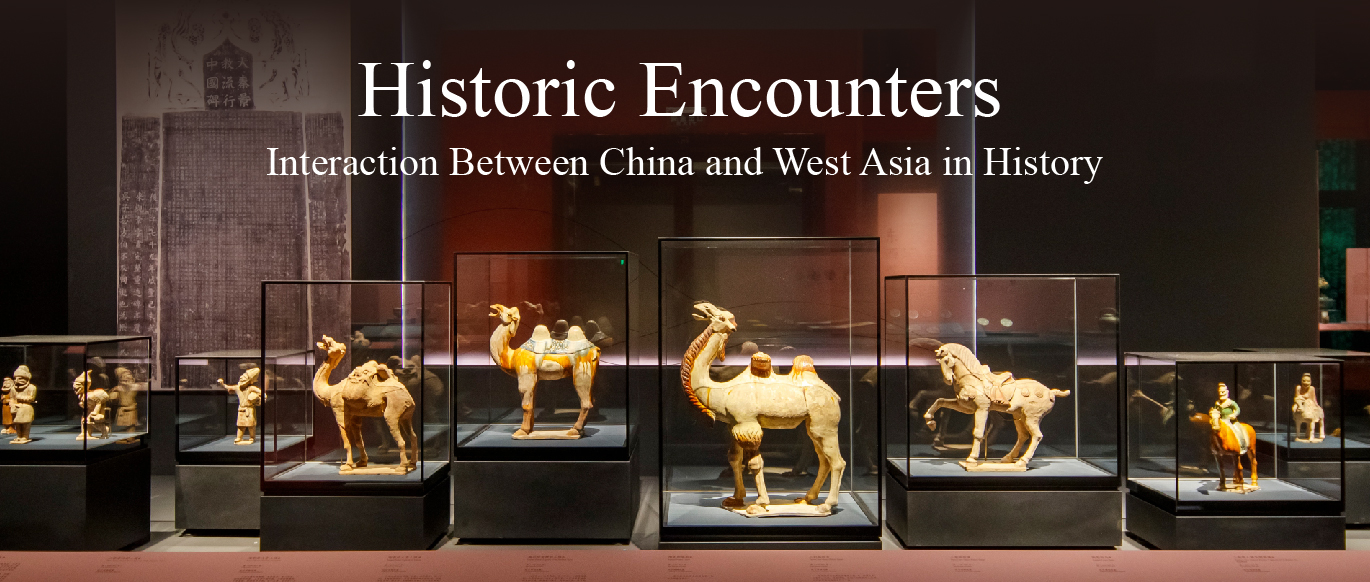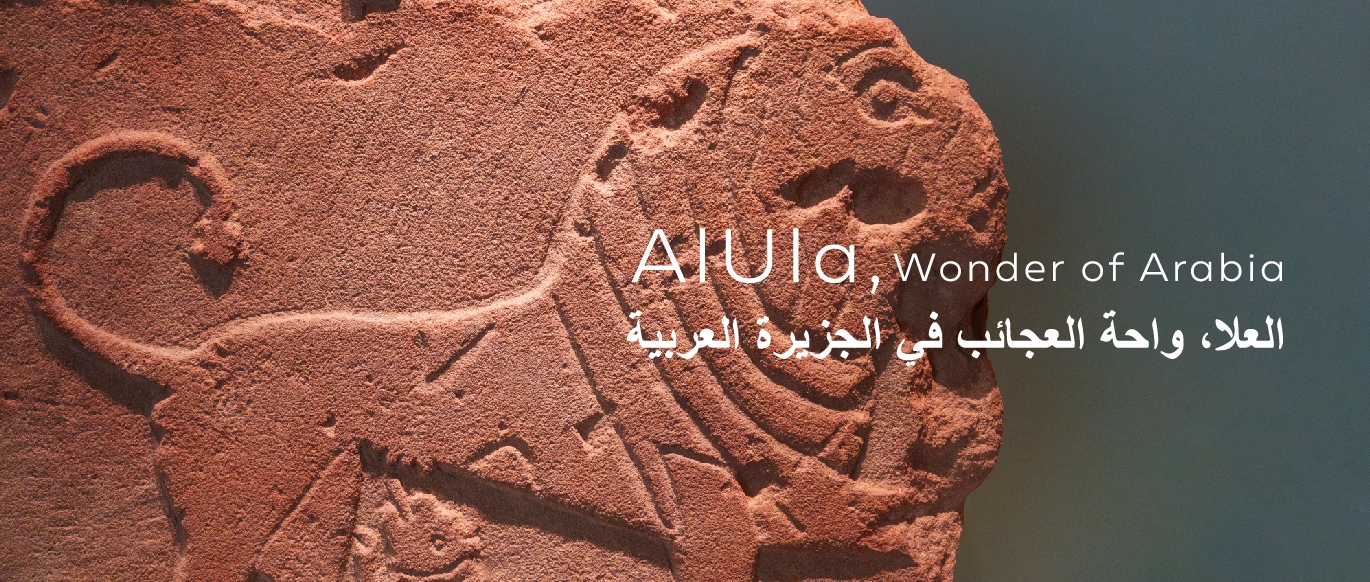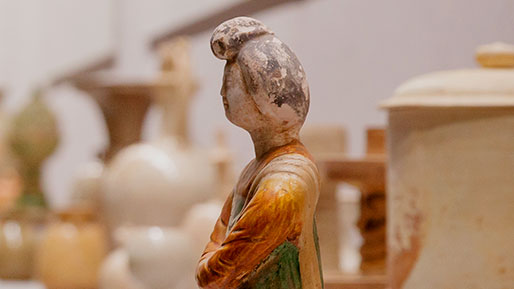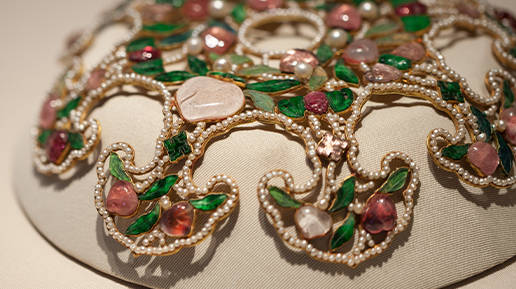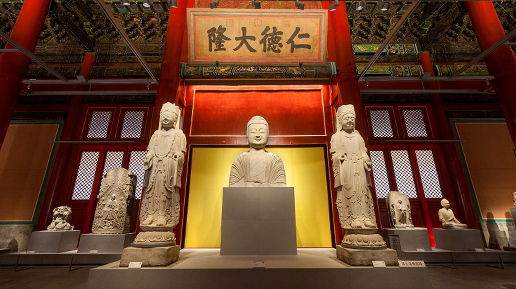An exhibition on guqin culture opened on November 27 at the Palace of Accumulated Purity (Zhongcui gong) of the Palace Museum in Beijing.
The guqin, a traditional Chinese stringed instrument, is a celebrated and iconic cultural heritage item of the Chinese nation. The exhibition aims to display this quintessential element of Chinese civilization and nurture inspiration for creative and innovative development of Chinese culture.
The exhibition’s opening ceremony was attended by distinguished guests, including Wang Xudong, a member of the Party Leadership Group of the Ministry of Culture and Tourism and director of the Palace Museum; Du Haijiang, Party secretary and deputy director of the Palace Museum; Zhao Cong, president of the China National Traditional Orchestra; Wang Yuegong, deputy director of the Palace Museum; Luo Xianliang, deputy Party secretary and deputy director of the Palace Museum; Chao Gejin, a member of the Academic Divisions of the Chinese Academy of Social Sciences (CASS) and folklorist; Yang Zhishui, a researcher at the Institute of Literature of CASS; Mao Peiqi, a professor at Renmin University of China, and other experts and scholars.
The opening ceremony was presided over by Wang Yuegong, at which Wang Xudong announced the opening of the exhibition. Du Haijiang and Zhao Cong delivered speeches.
Du Haijiang noted the profound historical connection that the Palace Museum has with the guqin. During the Ming (1368-1644) and Qing (1644-1911) dynasties, the imperial palace of the Forbidden City was filled with the enchanting sounds of the guqin. Notable guqins were also displayed at the Palace Museum. In the nearly 100 years since the Palace Museum was established, the Museum has added guqins and related cultural relics to its collection, including pieces from the National Cultural Heritage Administration, thereby, preserving ancient guqins from the imperial collection. Generations of guqin experts have made significant contributions to the tradition. Guan Pinghu, a renowned guqin master, restored and repaired two Tang Dnasty (618-907) guqins – “Da Sheng Yi Yin Qin” and “Fei Quan Qin”. Zheng Minzhong, a disciple of Guan, has achieved fruitful results in the study of guqin at the Palace Museum. His publication “Classics of the Forbidden City: Guqin in the Collection of The Palace Museum,” was celebrated within the field. In the new era, the Palace Museum remains committed to preserving, restoring, and exhibiting guqins in a way that resonates with contemporary audiences. In 2019, an exhibition on guqin culture was held at the Palace of Accumulated Purity. This year's exhibition marks the second phase and introduces new elements showcasing the rich heritage of the guqin at the Palace Museum.
Zhao Cong called the exhibition a significant initiative led by the Palace Museum to preserve and revive the excellent Chinese traditional culture. Both the China National Traditional Orchestra and the Palace Museum share the same vision and goal of preserving and developing Chinese civilization. The two organizations signed a strategic cooperation agreement as early as 2020, and their collaborative musical cultural project, “The Sound of the Palace Museum,” will be unveiled next year.
Sun Zhaohua, the chief curator of the exhibition and deputy director of the Institute of Court Opera, explained that the exhibition displays 55 cultural relics from the Palace Museum’s collection, including nine guqins. The Museum’s guqin collection spans pieces from the “Fei Quan Qin” made by the Lei family in the late Tang Dynasty to the “Hai Yue Qing Hui Qin” made in the Southern Song Dynasty (1127-1279).
The exhibition also features related cultural relics, such as chimes with golden clouds and dragon patterns from the reign of Emperor Kangxi of the Qing Dynasty, as well as a red agate seal from the Qianlong period of the Qing Dynasty. These artifacts highlight the function and cultural value of the guqin, which serves both as a musical instrument for national ceremonial music and as a tool for scholars to cultivate their character, express their feelings, and pursue their aspirations.
In addition, a special area of the exhibition is dedicated to the Palace Museum’s collection of guqin tablature called “Qiu Hong (Wild Geese in Autumn)” from the early Ming Dynasty. This tablature consists of four volumes, each with a drawing before the tablature, creating a combination of drawings and scores. This precious artifact integrates guqin, calligraphy, painting, seal carving, and court mounting art. The tablature has been transcribed and restored with the help of artists from the China National Traditional Orchestra. A press conference was also held during the opening ceremony. Yang Zhijian, who is the co-curator of the “Qiu Hong” section of the exhibition, gave a live performance based on the tablature. Yang is also a guqin player from the China National Traditional Orchestra and a national first-class performer. The video recording of this musical performance will be played in the exhibition hall throughout the duration of the exhibition.
The exhibition is now open to the public at the Palace of Accumulated Purity (Zhongcui gong) of the Palace Museum, starting from November 28.




